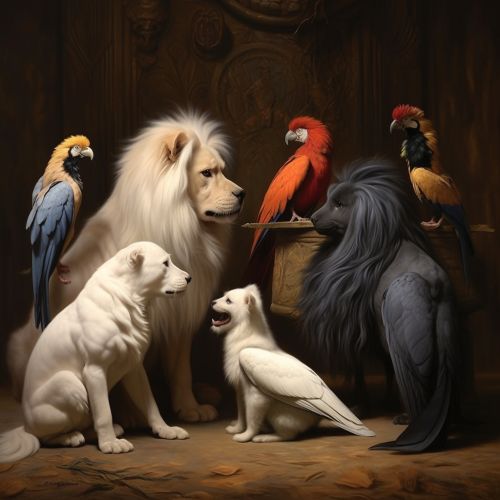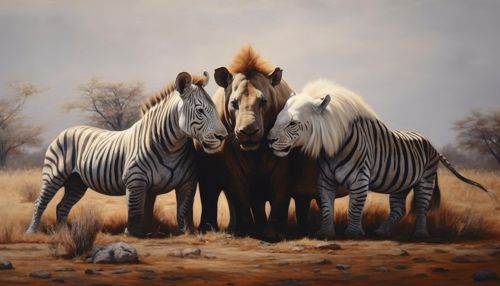The Biological Mechanisms of Animal Courtship
Introduction
Animal courtship is a complex set of behaviors exhibited by certain animals, leading up to mating. These behaviors often include rituals and displays designed to attract a mate and may involve complex signals and behaviors that are species-specific. This article will delve into the biological mechanisms that underlie these fascinating behaviors, exploring the role of hormones, neural circuits, and genetic factors in shaping animal courtship.
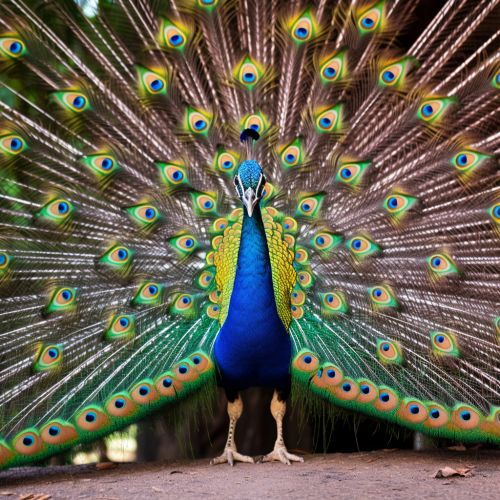

Hormonal Control of Courtship Behavior
In many animals, courtship behavior is heavily influenced by hormones. These chemical messengers are produced by the body's endocrine system and can have profound effects on an animal's behavior. The role of hormones in animal courtship is complex and varies widely between species, but a few key hormones are commonly involved.
Testosterone
In many male animals, the hormone testosterone plays a crucial role in courtship behavior. Testosterone is produced in the testes and is responsible for many of the physical characteristics that distinguish males from females. In addition to these physical effects, testosterone also influences behavior. High levels of testosterone are often associated with increased aggression and dominance, traits that can be advantageous during courtship.
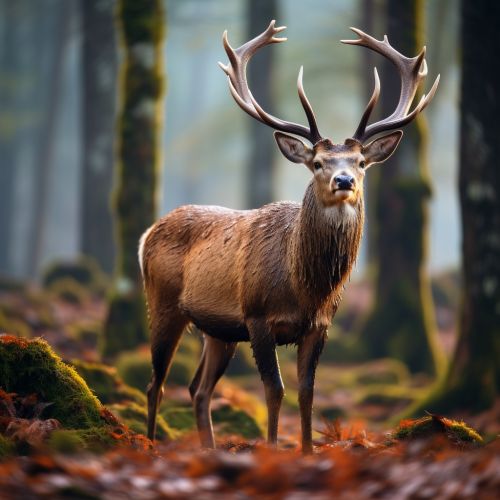
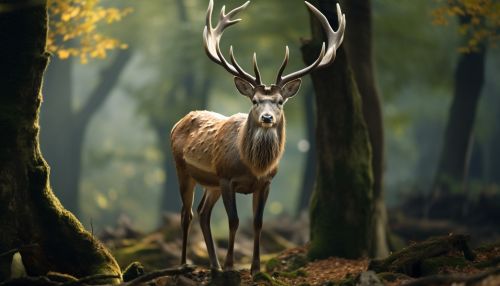
Estrogen
In females, the hormone estrogen is often involved in courtship behavior. Estrogen is produced in the ovaries and has many effects on the female body, including the development of secondary sexual characteristics. Like testosterone in males, estrogen can also influence behavior. High levels of estrogen can increase a female's receptivity to courtship advances from males.
Pheromones
In addition to hormones that circulate within the body, many animals also use chemical signals known as pheromones to communicate with potential mates. Pheromones are often used to signal readiness for mating, and can play a crucial role in courtship behavior.


Neural Control of Courtship Behavior
While hormones provide the broad framework for courtship behavior, the specifics of these behaviors are often controlled by the nervous system. Neural circuits, composed of interconnected neurons, are responsible for generating the specific behaviors seen during courtship.
Sensory Processing
Courtship behaviors often begin with sensory processing. Animals use their senses to detect potential mates and to interpret the signals those mates are sending. This sensory information is processed by the brain, which then generates an appropriate behavioral response.
Motor Output
Once the brain has processed the sensory information, it generates a motor output. This output is sent to the muscles, causing them to move in the specific patterns that constitute courtship behavior. The exact nature of this motor output varies widely between species, and can include everything from intricate dances to subtle postural changes.
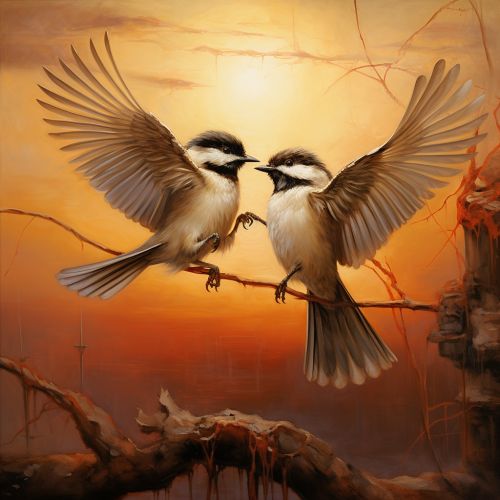

Genetic Control of Courtship Behavior
In addition to being influenced by hormones and neural circuits, courtship behavior is also shaped by genetics. Genes can influence courtship behavior in a variety of ways, from determining the physical characteristics that animals find attractive, to shaping the behaviors that animals use to attract mates.
Sexual Selection
One of the key ways in which genetics influences courtship behavior is through the process of sexual selection. This form of natural selection favors traits that increase an individual's chances of successfully mating. Over time, sexual selection can lead to the evolution of elaborate courtship behaviors and physical traits.
Genetic Variation
Genetic variation also plays a crucial role in courtship behavior. Variation in genes that influence behavior can lead to a range of different courtship strategies within a species. This genetic diversity can be beneficial, as it allows a species to adapt to changing environments and mating conditions.
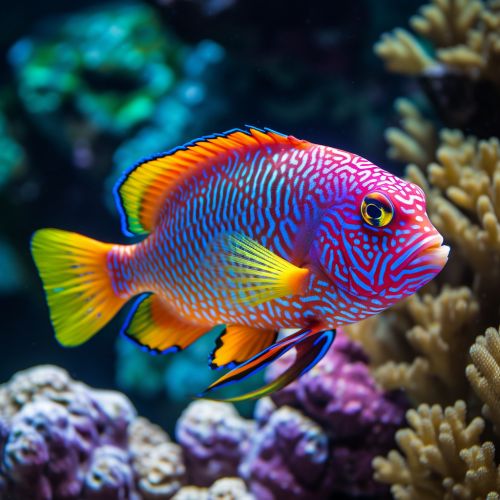

Conclusion
Animal courtship is a complex and fascinating process, shaped by a variety of biological mechanisms. From the hormonal signals that kick-start the process, to the neural circuits that generate specific behaviors, to the genetic factors that shape these behaviors over generations, the biology of animal courtship is a rich and diverse field of study. Understanding these mechanisms not only provides insight into the behavior of animals, but also sheds light on the fundamental biological processes that drive behavior in all organisms.
